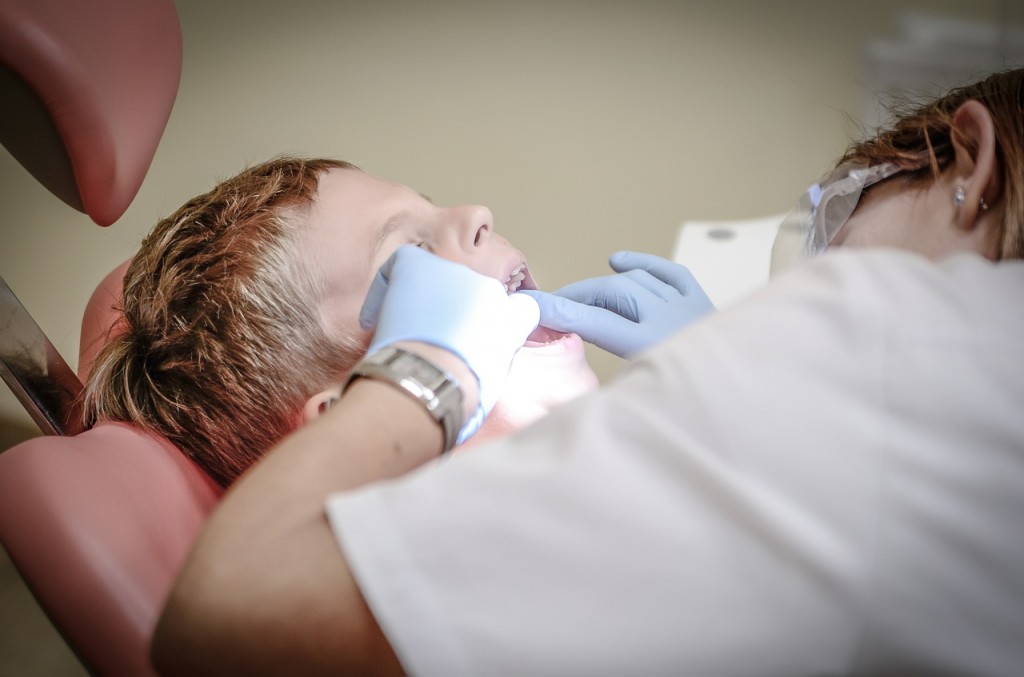 Children who do not have their malocclusion (crooked teeth) treated could face a lifetime of oral health problems.
Children who do not have their malocclusion (crooked teeth) treated could face a lifetime of oral health problems.
In addition to the cosmetic aspect of this condition, a misaligned smile will also increase their risk of tooth decay, gum disease, chipped teeth, and a myriad of other issues.
Schedule an appointment immediately
Even if your child is far too young for braces, it is still important to schedule an appointment with an orthodontist as early as possible.
The American Dental Association suggests that parents take their children to an orthodontist by the age of seven. It is at this age that you and your orthodontist will be able to discuss what your child’s treatment options will be.
When are the braces put on?
Every single patient is slightly different, and this means that there is no single age that is right for everyone. As a general rule, braces will first be used when the majority of the child’s adult teeth have erupted.
Currently, the most common time frame for braces is between nine and 14. That being said, some children will need braces or spacers earlier in order to make room for their adult teeth.
Types of braces
There are a wide variety of braces that parents can choose from, and each type comes with its own distinct advantages and disadvantages.
Traditional metal braces on the front of the teeth are generally the most popular option because they are both effective and relatively affordable. The wires and brackets can also be clear or colored to match the patient’s teeth.
Lingual braces are placed on the back of the teeth and almost completely hidden from view, but they are much harder to care for and more expensive to maintain. And invisible braces are growing quickly in popularity thanks to their cosmetic appeal.
A dentist from Waterford Dental or a clinic in your area will let you know which options work best for your particular condition.
What to expect
Your orthodontist will tell you and your child everything that you need to know about caring for these devices. For most patients, appointments will need to be made every two or three weeks to tighten the braces and inspect the teeth.
Immediately following each appointment, any discomfort that is felt can be taken care of with an over-the-counter pain reliever.
For the vast majority of patients, malocclusion is something that can be quickly and effectively treated if the condition is caught early. This is why parents should consider scheduling their child’s first appointment with the orthodontist around the age of six or seven.
Anica Oaks
Latest posts by Anica Oaks (see all)
- Little Haunts: 5 Creative Costume Ideas for Children - September 28, 2016
- Pantry Pro: Food Preservation Tips for Beginners - August 31, 2016
- How a Dry Environment Can Influence Your Health - June 24, 2016



